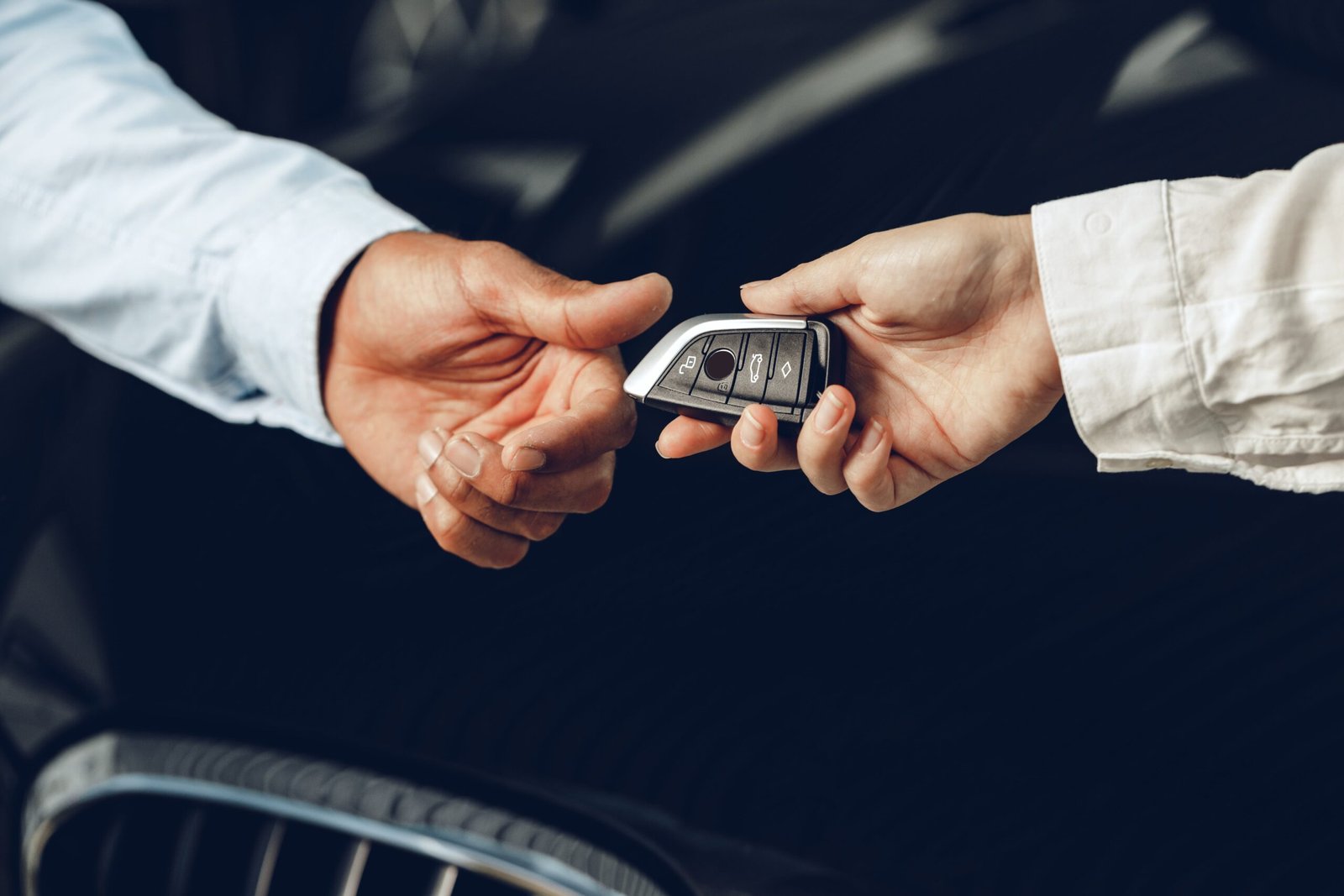What To Do To Determine If You're At The Right Level To Go After Reprogram Car Key
Reprogramming a Car Key: A Comprehensive Guide
Car keys have actually progressed considerably for many years, transitioning from basic mechanical keys to advanced electronic gadgets integrated with sophisticated security functions. One of the vital skills every car owner should possess is the capability to reprogram their car key, whether due to loss, breakdown, or merely upgrading to a newer design. franciscoboumthavee.top looks into the reprogramming process, discussing its importance, the steps included, and attending to regularly asked concerns regarding car key reprogramming.
Comprehending Car Key Technology
Before checking out how to reprogram a car key, it is vital to comprehend the various kinds of car keys readily available today.
Kinds Of Car Keys
- Standard Mechanical Keys: Simple metal keys that have no electronic elements.
- Transponder Keys: These contain a chip that communicates with the car's ignition system to prevent theft.
- Remote Keys: Often equipped with locks, opens, and panic buttons, these keys enable distance access to the vehicle.
- Smart Keys: Advanced technology permits these keys to start the engine without physical insertion into the ignition system and often consist of functions like keyless entry.
Why Reprogram a Car Key?
There are several situations in which a car owner might require their key to be reprogrammed:
- Loss of Keys: When keys are lost and need to be replaced, programming is required to make sure the new key deal with the vehicle.
- Malfunctioning Key: Sometimes keys stop working due to battery failure or damage.
- Purchasing a Used Car: To enhance security, reprogramming guarantees that only the new owner has access to the vehicle.
- Adding New Keys: For families or car-sharing situations, programming extra keys for licensed users is essential.
Actions to Reprogram a Car Key
Reprogramming a car key varies by maker, design, and year, but a number of basic steps can be followed to accomplish this task. Below is a useful overview of what the reprogramming procedure might involve:
Step-by-Step Guide
Step 1: Gather Necessary Materials
- The car's original key (if offered)
- The brand-new key that requires reprogramming
- Owner's handbook (for specific guidelines)
- A working car battery to avoid disruptions
Step 2: Locate the OBD II Port
The On-Board Diagnostics (OBD II) port is generally located under the control panel near the driver's seat. This port is important for linking diagnostic tools and is sometimes used for key programming.
Action 3: Insert the Key into the Ignition
Place the original key into the ignition and turn it to the “ON” position. However, do not start the engine yet. This action frequently activates the vehicle's computer system systems.
Step 4: Use the Reprogramming Tool (if needed)
In some cases, car owners might need to utilize an OBD II key programming tool linked to the OBD II port. Follow the on-screen prompts to input information about the vehicle.
Step 5: Follow the Specific Programming Procedure
Consult the owner's handbook or look online for particular programming instructions for your vehicle's make and design. Common techniques typically include turning the new type in the ignition a particular variety of times or pushing buttons on the remote.
Action 6: Test the New Key
Once the key has actually been programmed, test it to guarantee it works appropriately. Examine functions like locking, opening, and starting the engine.
Action 7: Erase Old Keys (if essential)
For security reasons, some designs permit the erasure of old keys from the car's memory, ensuring that they are no longer functional.
Table 1: Key Reprogramming Instructions by Vehicle Type
Vehicle Type
Instruction Type
Programming Method
Ford
Utilize a key fob
Turn the key to “ON” 8 times
Chevrolet
Transponder key
Cycle ignition 5 times
Honda
Remote key
Insert key, press lock 4 times
Toyota
Smart key
Use a remote starter tool
Repairing Common Issues
While reprogramming a key can frequently be uncomplicated, specific problems can complicate the process. Here are some typical issues car owners might experience:
- Key Not Recognized: Ensure the brand-new key works with the vehicle.
- Battery Issues: A dead key fob battery can prevent effective programming.
- Faulty Key Fob: Physical damage to the key fob might inhibit functionality.
Often Asked Questions (FAQs)
Q1: Can I reprogram my car key myself?
Yes, many lorries permit owners to reprogram the key themselves, but the procedure differs by make and design.
Q2: What tools do I need for reprogramming?
Typically, you need the original key, the new key, and possibly an OBD II key programming tool for particular modern automobiles.
Q3: Is it necessary to visit a dealer for key reprogramming?
Not constantly. While car dealerships can reprogram keys, some designs enable DIY programming. Inspecting your owner's handbook is suggested.
Q4: How much does it cost to have a key reprogrammed?
The rate varies extensively, with dealer services varying from ₤ 50 to ₤ 250, while local locksmith professionals might charge less.
Reprogramming a car key is a vital ability that can save car owners money and time. With a fundamental understanding of key types, clear programming actions, and useful troubleshooting pointers, vehicle owners can confidently handle their car key concerns. By understanding when to look for professional aid and comprehending the requirements of their specific key type, people can preserve the security and functionality of their vehicle for many years to come.
